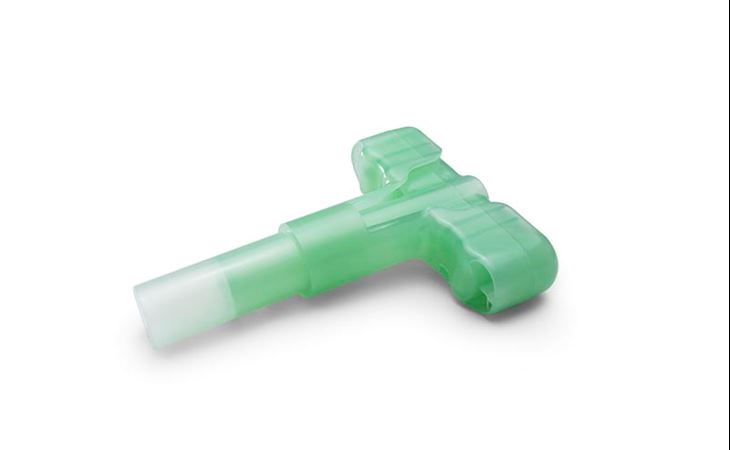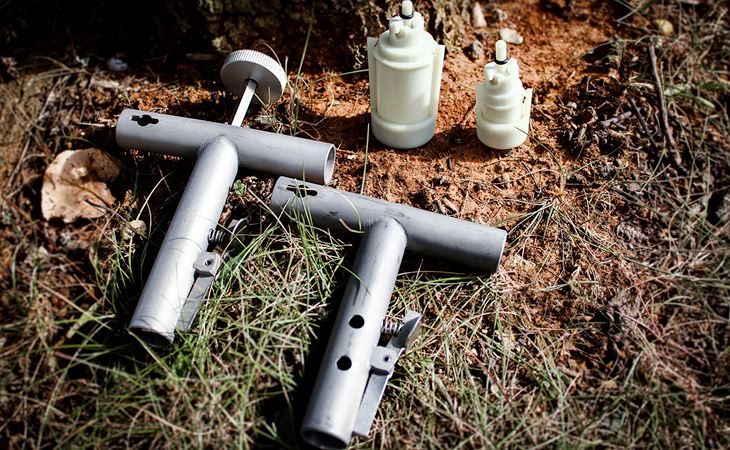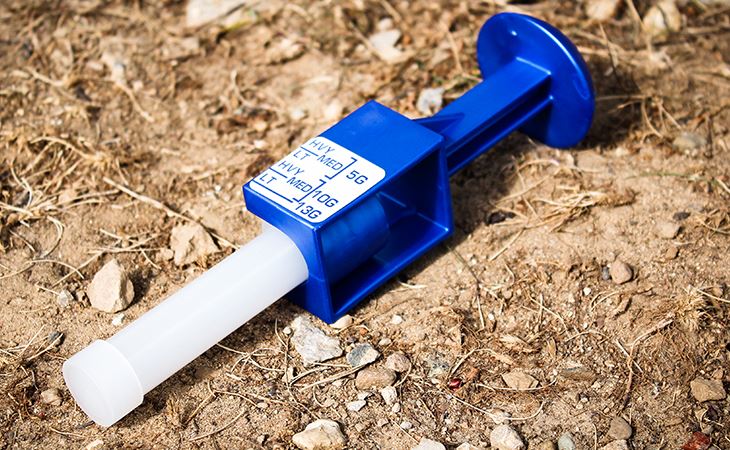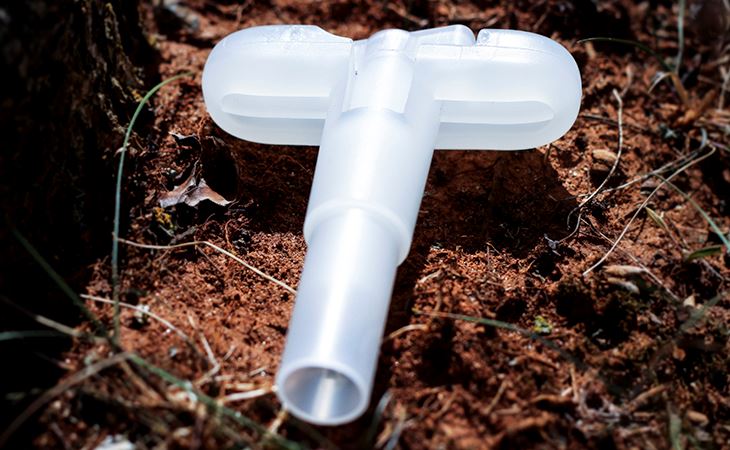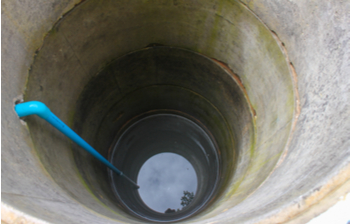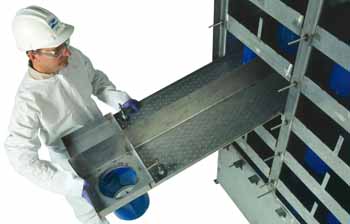Soil samples are collected to determine if subsurface contamination is present. This contamination could be inorganic elements and compounds, such as heavy metals, but more commonly are components from fuels or solvent contamination. Where those chemicals are volatile organic compounds (VOCs), the sample collection process can have a significant impact on the accuracy of the data derived from laboratory analysis of the samples.
Why Should I Choose To Soil Sample?
Soil samples are collected for a variety of reasons, including contaminated land investigations, assessment of site remediation progress or completion, real estate property transfer due diligence, and prior to building construction to avoid potential intrusion of VOC vapors into building structures.
What Benefits Will I Get?
Analysis of soil samples can tell you if contamination is present in the subsurface, allowing you to determine the best course of action at that site.
How Do I Do It?
Soil cores are collected, then opened and screened at the surface. After this, sub-core samples are collected. Soil samples for VOCs are most commonly collected using hand sampling tools, such as QED’s Terra Core® and EasyDraw® samplers, then placed in laboratory vials that contain preservatives to minimize changes in sample chemistry. They can also be collected using QED’s En Core sampling tool that holds the sample in an airtight module that is shipped directly to the laboratory for analysis, eliminating the need to preserve the sample in the field.

